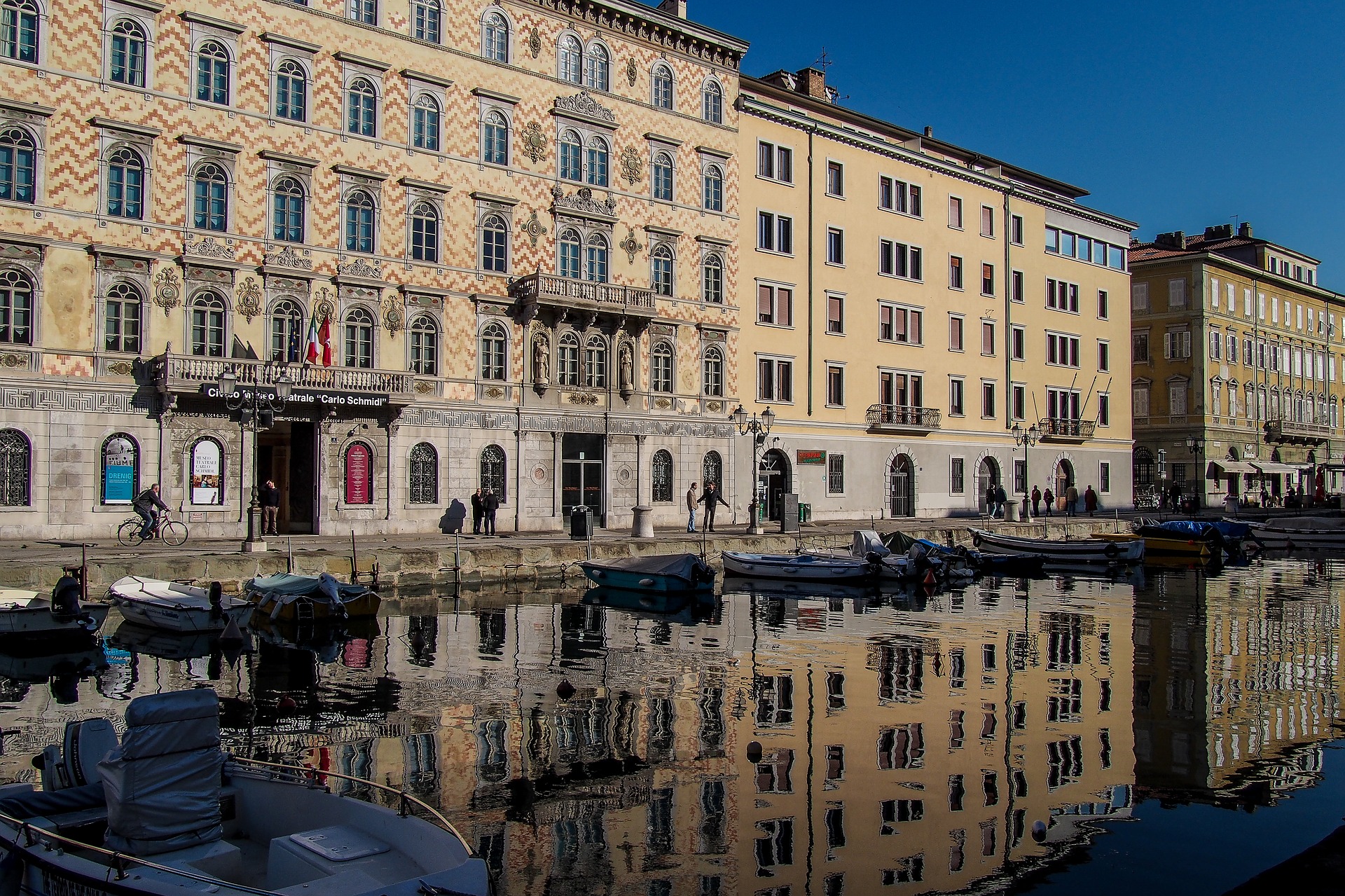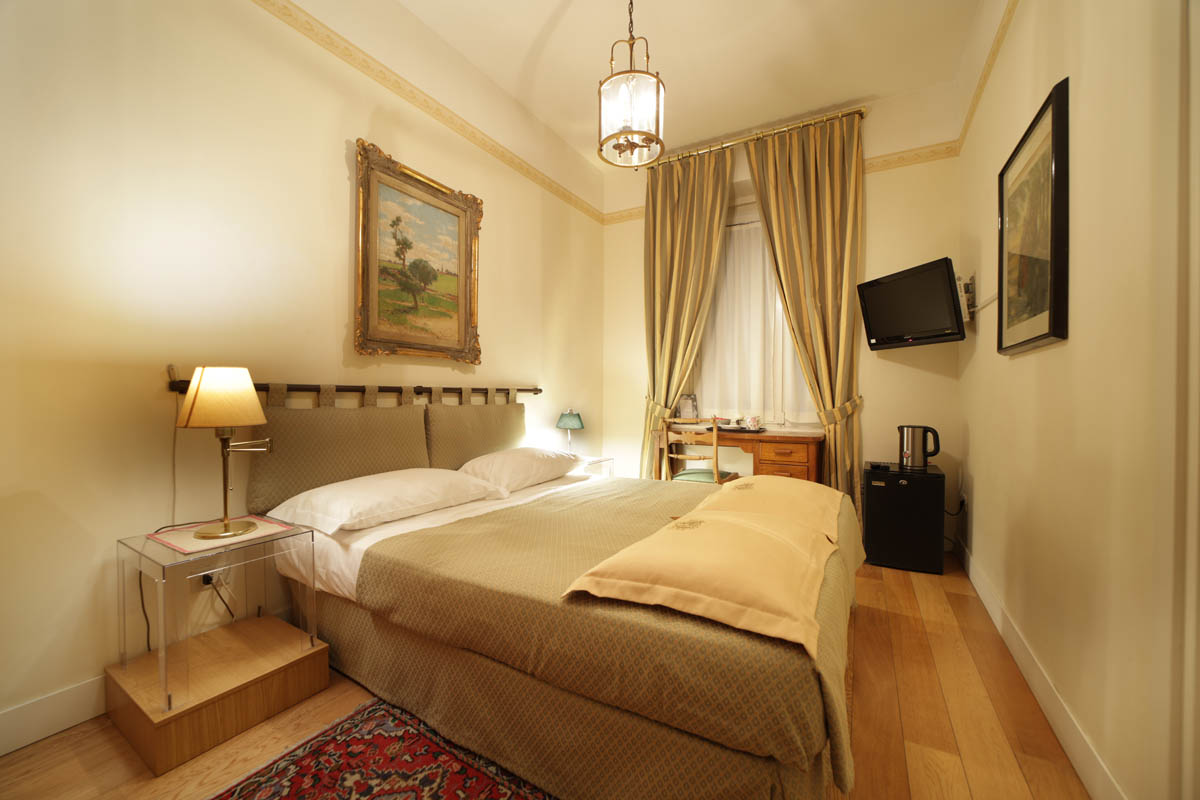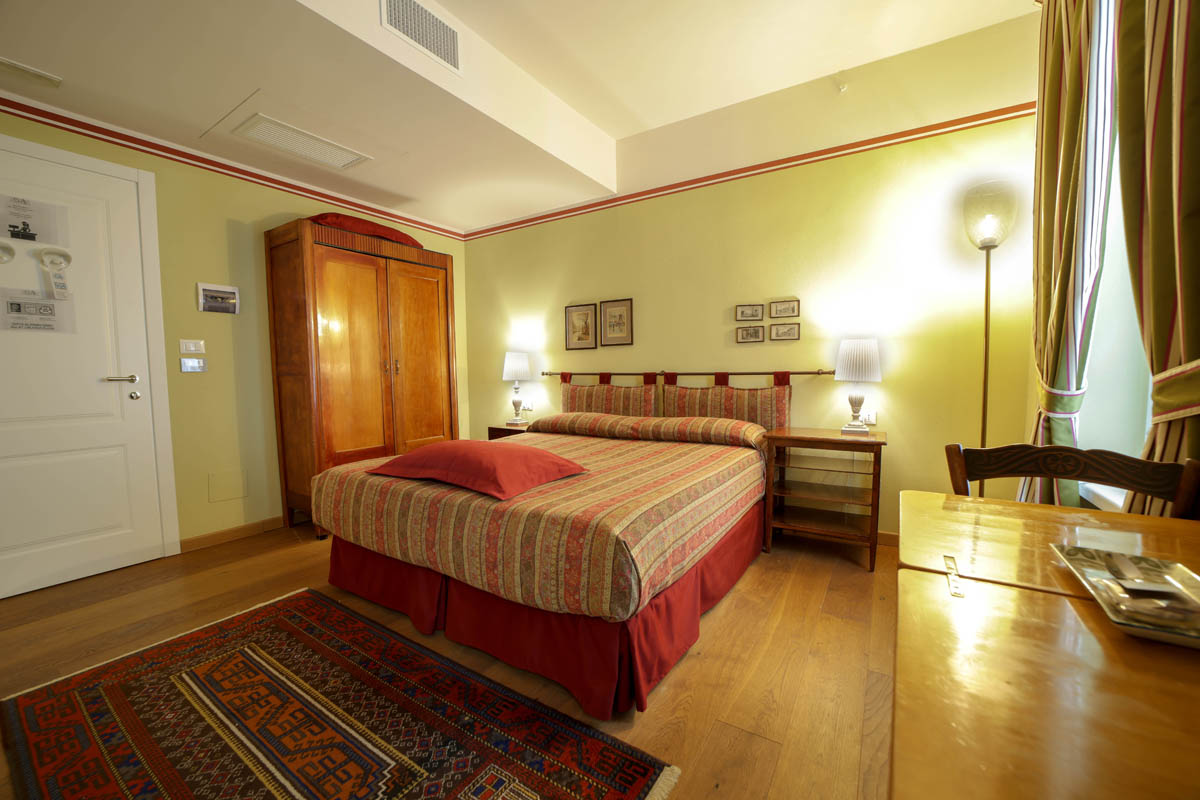If you have decided to visit Trieste and want to discover what to see in Trieste and its surroundings, listen to our advice: from the most well-known places to the lesser-visited ones.
What to do in Trieste?
Many of our guests come to La Residenza with a nice list of things to see in Trieste, but often we offer more ideas during breakfast in the common room, where we can suggest lesser-known places that are no less magical. So we thought of sharing them on our blog as well.
Of course, everything depends on the time available; sometimes our city is a passing-through point for those who stop and stay just one night before continuing to Croatia or embarking on a cruise ship. In recent years, however, the percentage of travellers who choose Trieste as their main destination has the people of Trieste significantly, as there are truly many places of interest in Trieste.
So if time is short, we recommend you choose the most famous destinations, such as:
- Miramare Castle with its magnificent park
- San Giusto Hill with Roman ruins, the Cathedral and the Castle
- Piazza Unità d’Italia and the Molo Audace
- The Roman Theater and the former ghetto
- The Revoltella Museum – Gallery of Contemporary Art
If you want to delve deeper, read our articles on what to visit in Trieste during a one-day stay, when to visit Miramare Park and how to get there in alternative, more exciting ways.
Points of interest for everyone in Trieste
Our city can satisfy the most diverse interests: culture, history, nature, sports, sea, and trekking opportunities abound. Trieste, in fact, due to its history, is a crossroads of cultures, peoples, and religions. Now, what can you see in Trieste if you have more time available?
Let’s start with culture. In addition to the San Giusto Cathedral, there are many interesting places of worship: the Serbian Orthodox Church of San Spiridione, the Greek Orthodox Church of San Nicolò, the Evangelical Lutheran Church, the Anglican Church – and don’t miss the Synagogue.
There are also many museums, many directly managed by the municipality and therefore with free or modest admission prices. Besides the must-see Revoltella Museum, there are several interesting permanent museums such as the J.J. Winckelmann Museum of Antiquities with its Egyptian collection, archaeological materials from the Roman period, rooms dedicated to local prehistory and protohistory, Greek, Corinthian, Attic, Apulian, and Etruscan vases, and showcases dedicated to writing in Antiquity. Another museum not to be missed is the relatively little known Oriental Art Museum, boasting works of art, weapons, musical instruments, and ethnographic objects mainly from China and Japan. Finally, take time for a visit to the San Sabba Rice Mill, the only concentration camp with a crematorium found in Italy’s current borders.
A wonderful experience of Trieste can be enjoyed on our nature routes. The sea and the Carso frame the city, offering up many naturalistic surprises, from the beautiful Val Rosandra Nature Reserve to the coast with its castles and paleontological sites, or again the caves and characteristic villages of the Carso’s hinterland.
What to see in Trieste? It is up to you, as you have a wealth of choices. If you are staying in Trieste, you know that you can count on La Residenza le 6A: we provide hospitality, flexibility, attention to detail, and advice to help you enjoy your stay to the fullest.



